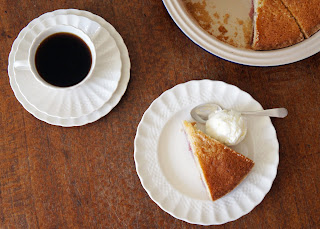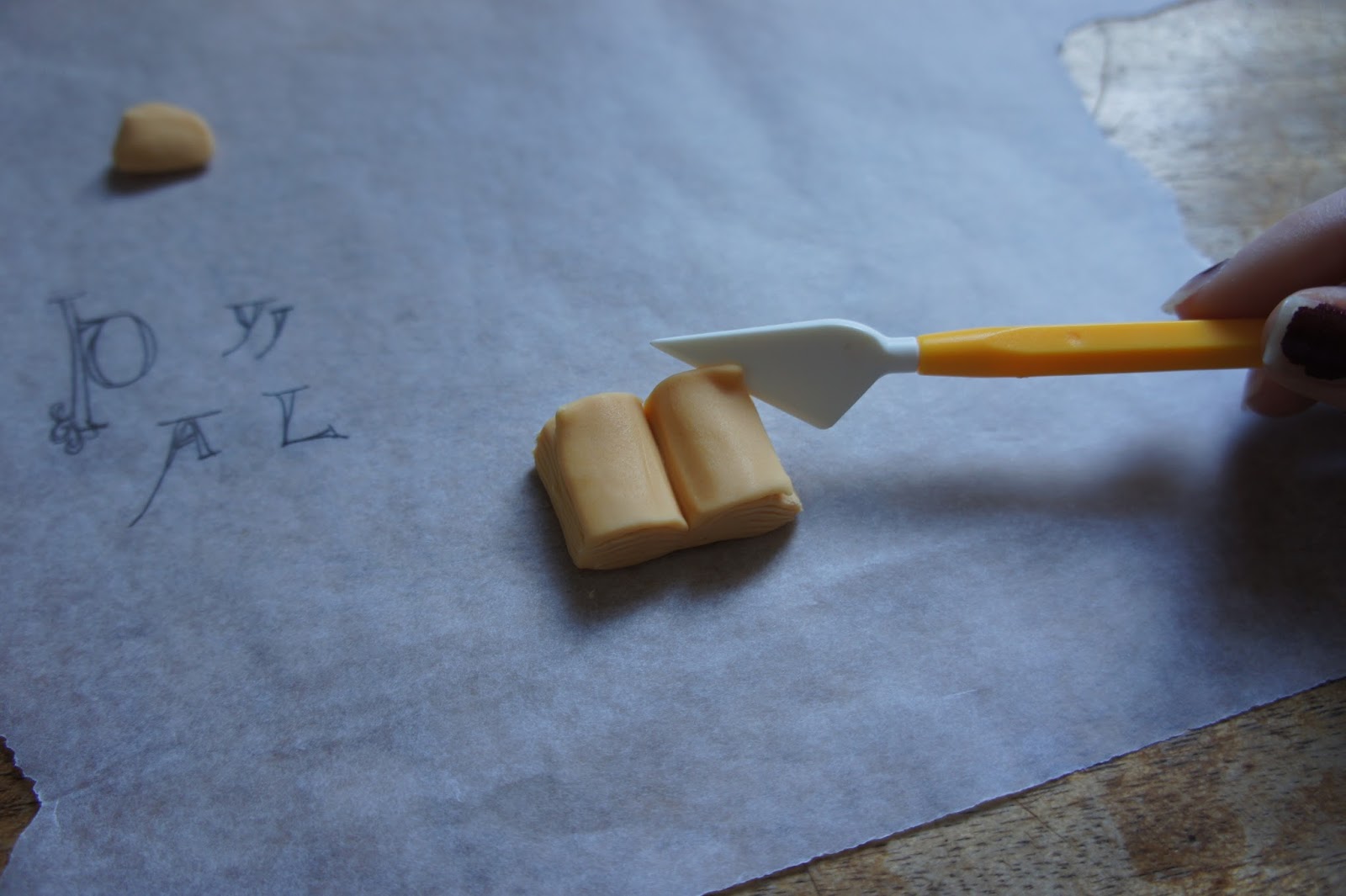A long, long time ago, way back in 2014, I'd been given a recipe for a traditional British Christmas Cake. It was already November, and I was told by the recipe-giver that that was really too late to start preparing; the cake wouldn't be mature by Christmas. Embracing the holiday spirit (and spirits) I went ahead and started anyway, setting the dried fruit to soak in some whiskey and imagining a non-traditional Christmas Cake feast at New Year's. I'd already made some non-traditional fruit choices, opting to use cranberries and figs in the recipe in place of raisins and glacé cherries, so what was timing in the name of festive baking? Little did I know how far off the timing - and the tradition - would become.
 |
| Fruit awaiting its whiskey bath. |
It was fitting that this would be the last cake that I completed in the house, as it was also the first I baked there. I'd been delighted to be living somewhere with a gas oven, and fool-hearty enough not to check if it was temperamental before baking anything special, let alone something with such a long bake time as a traditional Christmas Cake. I learned, in due course, that the oven flame was open, and far too near to the centre rack for comfort. There was also very poor circulation, leading to burned and uneven bakes. This was a disappointment which I eventually remedied, much to the bemusement and confusion of my landlady (a topic for another post), but not in time to spare my Christmas Cake from becoming a bit singed.
The recipe that I used, even if I didn't follow it strictly, was from an old issue of Country Living magazine; my adaptation can be found in the Recipe Box. It did not include the fruit-soaking step, though I found that Mary Berry recommends it (no surprise to Bake Off fans). She says to soak for three days, I soaked for eight, tomayto tomahto. Whenever you feel like your fruit has had enough, it's time to prepare the rest of the cake. You'll want a deep, 8 or 9" pan, and it should be heavy - the only reason my cake wasn't burned to a fiery crisp was because I'd baked it in a nice solid pan (as I've promoted before).
For most of the cake preparation, it's standard procedure: the dry ingredients get whisked together, the sugar is creamed into the butter, etc. One difference is that this recipe calls for honey, which is whipped into the eggs before being incorporated into the creamed butter. It also includes a notable tip - applicable to any fruitcakes - to mix some of the flour mixture into the dried (soaked) fruit before stirring them into the rest of the batter; this keeps them from sinking to the bottom of the cake. Because I had soaked the fruit in whisky, my tip is to include the excess alcohol from the soaked fruit in the two tablespoons the recipe calls for in the batter; this, I think, made a fruity, boozy cake even more fruity and boozy.
After baking and cooling, I wrapped the cake in parchment paper and string and left it to mature in a cake tin. At first I would open it every few days to feed it a dram, but this gradually became every few weeks and then every few months, as New Year's passed and, eventually, Christmas 2015 as well.
 |
| Looking a bit singed. |
When I opened the tin in July, the spicy aroma of fruit and whisky filled the room with the power and speed of a half-dozen holiday scented candles. Instant Christmas in July. After nearly two years, all that remained to do apart from eating the cake was to cover it with marzipan. In my haste I neglected to first lightly smother the top in marmalade or apricot jam, which would have added some moisture and another hit of flavour, but which was unnecessary for adhering the marzipan to the cake. Because I'm not partial to the artificial flavour of some store-bought marzipan, I opted to take the messier route and make almond paste using ground almonds, confectioner's sugar and an egg white. This is sticky business, and it is neither necessary nor endorsed by the recipe - nevertheless, the recipe for almond paste (I used one by The Daring Gourmet) can be found in the Recipe Box. As when rolling out marzipan, when rolling almond paste it's best to dust the rolling surface (and the rolling implement) with confectioner's sugar to keep it from sticking (counter-intuitive, I know). To measure the disc needed to cover the top of the cake, I lightly pressed the pan I'd used for baking into the rolled-out almond paste, and cut along that line with an offset spatula. For a final, summery touch I used the leftover almond paste to make roses, which I arranged on top of the cake with some candied peel leftover from another, far more recent baking endeavor.
 |
| Out for a bi-monthly bath, c. 2015. |
It's hard to say if the cake was worth the wait without knowing what it would have been like a year or even eight months ago. My fear that it would be too dry, however, was unfounded. Though it took a while to learn, 2014 was a good cake vintage, and it's only fitting that - like the cake itself - this post, too, would be a bit delayed. Merry Christmas in July (in August).

























